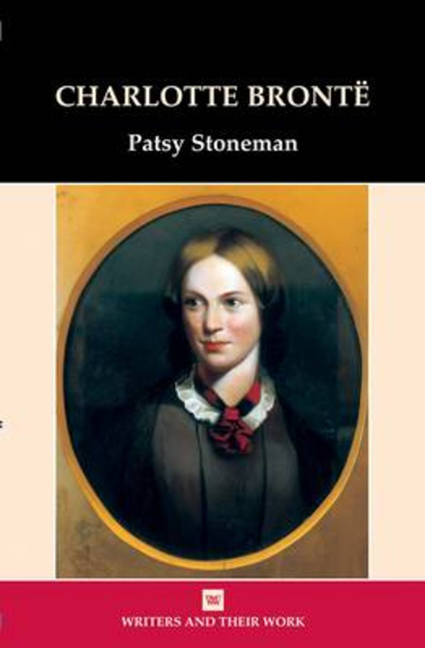6 - Readers and Reproducers
Summary
It was Jane Eyre, among Charlotte Brontë's works, which made the greatest and most lasting impact. The obvious reason for this is its immediate engagement with its readers, its appeal for sympathy with its victimized heroine. Strangely, however, it is also the novel's ideological ambiguity which continues to challenge and intrigue readers – is it revolutionary or conservative? feminist or conformist? This uncertainty has meant that readers can find in the novel what they want to find, while those who reproduce it for stage or film, or extend it in fictional prequel, parallel or sequel can, by shifting the emphasis ever so little, present a version of the story tipped one way or another, to suit changing times and changing preoccupations.
This book appears in a series entitled ‘Writers and their Work’, and has thus tried to place Charlotte Brontë's writing in the context of her life, but the subsequent history of her work and the ways in which it has been interpreted show that its significance cannot be limited to her own lifetime. Following the changing interpretations of her work from the time of publication to the present day produces something like an ideological history of those times, and this chapter will follow some of the twists and turns in this history, linking popular adaptations to academic studies and literary reappraisals.
Jane Eyre's situation as an orphan, finding security only after an early life isolated and exploited by those who should protect her, closely conforms to a dominant structure of early-nineteenth- century popular culture. Like Dickens's child heroes – Oliver Twist, David Copperfield, Little Nell – Jane Eyre could easily figure as a heroine of melodrama. Peter Brooks, in his book, The Melodramatic Imagination (1976), argues that Victorian stage melodrama had its origins in the revolutionary protests of the French Revolution, yet had evolved in such a way as to make its protest largely unthreatening. Typically a melodrama would raise great sympathy for an oppressed individual, especially a girl child, only to remove all difficulties by a purely individual solution such as marriage or inheritance. In this way theatregoers, who included the working class, could indulge their feelings of outrage against class enemies such as cruel employers, aristocratic landlords or would-be rapists, while having their anger soothed again not by a restructuring of society but by purely poetic justice.
- Type
- Chapter
- Information
- Charlotte Bronte , pp. 79 - 97Publisher: Liverpool University PressPrint publication year: 2011



